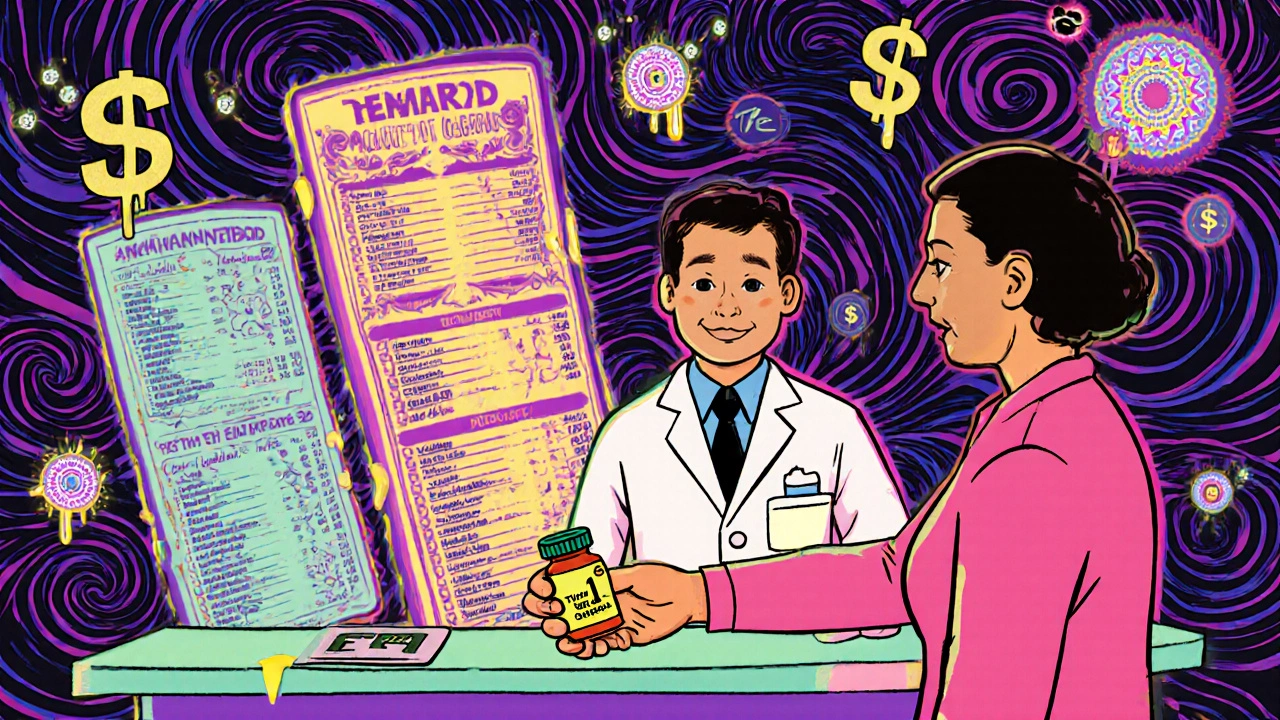P&T Committee: How Hospitals Decide Which Drugs You Get
When your doctor writes a prescription, it doesn’t always mean you’ll get that exact drug. Behind the scenes, a group called the P&T committee, a hospital-based panel that evaluates and approves medications for use in clinical settings. Also known as Pharmacy and Therapeutics committee, it decides which drugs make it onto the hospital’s formulary—meaning which ones are covered, stocked, and recommended for patients. This isn’t a bureaucratic footnote. It directly impacts what you pay, how fast you get treatment, and sometimes even whether a life-saving drug is available to you.
The P&T committee doesn’t work in a vacuum. It relies on real-world data from clinical trials, cost analyses, and safety reports. They weigh things like how well a drug works compared to others, how much it costs, and whether it causes more side effects. For example, if a new brand-name drug costs $5,000 a month and a generic version works just as well for $200, the committee will likely choose the generic. That’s why you see so many posts here about generic drug availability, prior authorization, and insurance formularies—those are all downstream effects of what the P&T committee decides.
They also handle drug shortages, new approvals, and safety alerts. If a medication like warfarin or lithium has a narrow therapeutic index, the committee pays extra attention to dosing guidelines and expiration policies. They’re the ones who might block a drug like domperidone or fusidic acid not because it doesn’t work, but because of regulatory gray zones or risk profiles. Even something as simple as switching from brand to generic isn’t just a patient choice—it’s often a P&T committee policy. And if your insurance suddenly denies a medication, it’s usually because the P&T committee removed it from the formulary, not because your doctor made a mistake.
What you’ll find below isn’t just a list of articles. It’s a map of how decisions made by these committees ripple through your care. From why certain drugs are hard to get after patent expiration, to how prior authorization for generics became a roadblock, to how hospitals balance cost and safety when choosing blood pressure meds or antidepressants—every post ties back to the P&T committee’s influence. These aren’t abstract policies. They’re the hidden rules shaping your prescriptions, your bills, and your health outcomes.
